
TECHNOLOGY
ELECTRIC POWER GENERATION DEVICES
FUEL CELLS, BATTERIES, SUPERCAPACITORS
These are the three main technologies that are at the forefront of electric power; devices that can store or produce electric energy.
These devices are utilised in electric systems based on their capabilities, commercial-maturity, scalability, size/weight, safety and cost.
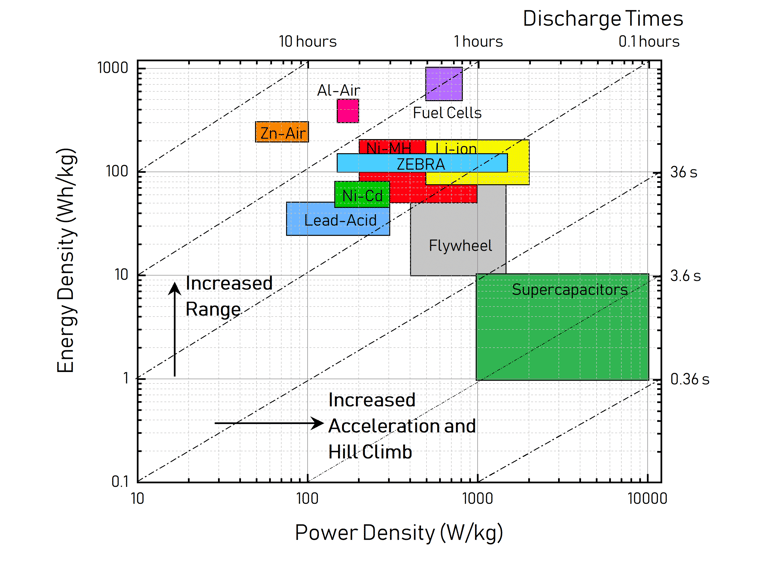

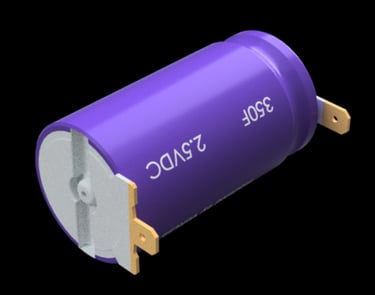

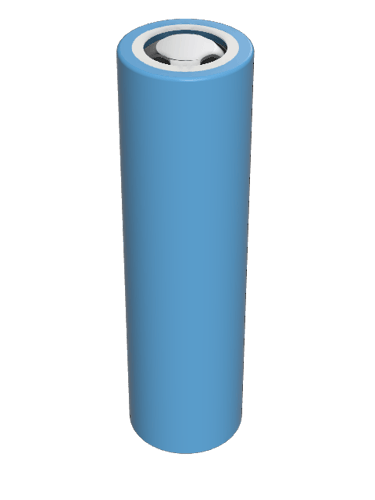

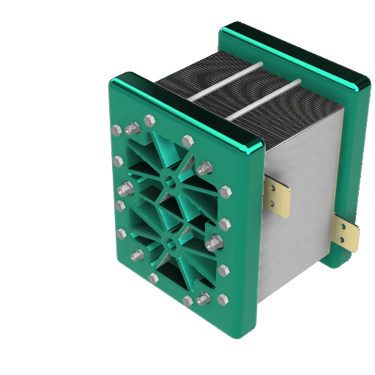


Fuel cell data based on PEFC; battery and supercapacitor data covers a range of rechargable technologies and thus is a broad value range.
FUEL CELLS vs. INTERNAL COMBUSTION ENGINES (ICEs)
vs. BATTERIES


ICEs convert chemical energy in hydrocarbons into electrical energy via a thermal reaction and a mechanical engine.
Fuel cells directly convert chemical energy into electrical energy at a higher theoretical maximum efficiency (~40-60%), as they are not limited by the Carnot cycle like ICEs (~20%).
Both fuel cells and batteries are electrochemical devices, sustaining an electrochemical reaction to produce electrical energy directly. A single cell is composed of two oppositely charged electrodes separated by an electrolyte.
Batteries are energy storage devices (ESDs) whose energy capacity is limited to the amount of chemical energy within the sealed battery itself. Primary batteries (think alkaline batteries in your TV remote) cannot be recharged after use, whereas a rechargeable battery (smartphones, laptops, vehicles) can be cycled numerous times.
Fuel cells are energy conversion devices (ECDs) and can theoretically provide an unlimited amount of energy as long as there is a constant feed of fuel (hydrogen) and oxidant (air).

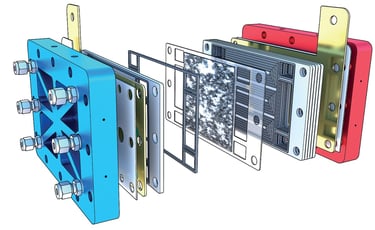
HYDROGEN FUEL CELLS
A polymer electrolyte fuel cell generates power by electrochemically reacting hydrogen and oxygen (air) at low temperatures (<80 C).
Think of a fuel cell as a hybrid between an engine (fuel and air fed into the system) and a battery (direct electricity production).
Efficiencies are higher than combustion systems, due to the direct conversion of fuel into electricity.
Water is the only ‘tail-pipe’ emission and thus is considered a cleaner power generator, if the hydrogen is sourced from renewable energy sources.
Systems can be scaled from milliwatts (mW) to megawatts (MW) depending on the required application.
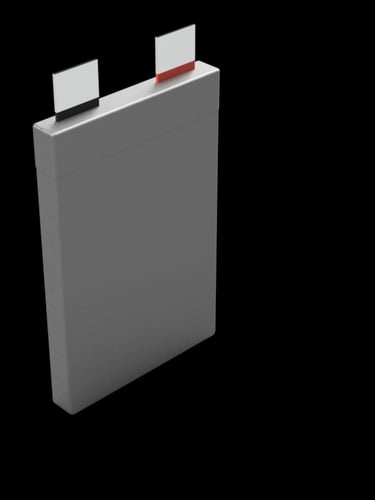





BATTERIES
Batteries are the most common energy devices for electrical applications. Rechargeable technologies will be discussed here.
Different battery technologies are composed of different materials, each having different capacities (amount of stored energy), charge/discharge times (rate which that energy is exchanged), cost, safety and tolerance to failure.
Lead-acid batteries are employed for vehicle ignition and UPS.
Lithium-ion (ion encompasses all the lithium batteries) are used for electric propulsion (vehicles, bikes, scooters), consumer electronics (phones, tablets, laptops), power tools and back-up power.
Nickel-based batteries are also utilised in applications utilising Li-ion batteries, but they have lower power densities (same power requires larger/heavier Ni-batteries) although they are relatively cheaper and ‘safer’ to use than Li-ion.
Batteries also come in different formats: cylindrical cells (18650s, 21700s, 26650s); button cells (portable devices, hearing aids); prismatic and pouch cells.


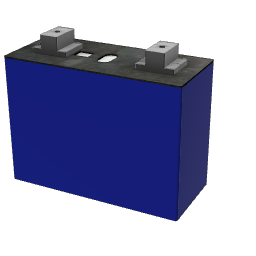


SINGLE CELLS TO PACKS AND STACKS
A single cell for either a battery, fuel cell or supercapacitor has a voltage range limited to full charge and full discharge. Capacity is limited to device material and form factor (shape, size etc.)
To generate the voltage and current required for an application, single cells need to be arranged into stacks or packs, in series and/or parallel configurations.
EXAMPLES
Fuel cell 0.4-1 V; Li-ion battery 3.4-4.2 V;
Lead-acid battery 1.8-2.2 V; Supercapacitors 0-2.5 V
Batteries and supercapacitors can be packaged by their individual cells with active-cooling integrated into the casing if required.
Fuel cell single cells are integrated into a single stack, with the number of cells defining the output voltage and the active area size dictating the current.
POWER = VOLTAGE x CURRENT


UPGRADING YOUR LEAD-ACID BATTERIES WITH LITHIUM-ION
So you want to upgrade your heavy and extremely large lead-acid batteries with the latest battery technologies?
You can design your battery bank of individual cells/off-the-shelf packs to your power requirement, by matching the voltage and current rating as explained above.
HOWEVER, you will need to consider safety (Li-ion are much more dangerous than lead-acid), additional components (battery management system, cooling, pack assembly) and volume/weight differences.
Get in touch today to discuss your project or application.


ELECTRICAL SAFETY
Whilst it is tempting to take things apart and get lost down a rabbit hole, it is imperative you have as much knowledge of electrical safety before embarking on your next project.
If you are a hobbyist, learn as much as you can from online articles and take general precaution, wearing appropriate PPE. If you are a commercial enterprise, invest in electrical safety training for your employees.
Battery failure awareness is also crucial. Technologies such as Li-ion batteries are more susceptible to misuse and failure compared to lead-acid batteries. Take the time to ensure you have safety protocols in place to quickly remove the battery from yourself and your surroundings in case of an emergency.

AN ELECTRIC ROMANCE
Why argue which electric powertrain is the best and which SINGLE technology is worth investment?
Is there not more than one powertrain solution for electrifying the propulsion market? Tractors are not driven like a train, let alone an F1 vehicle…
Why not combine the different technologies based on their application and consumer requirements?
Range is determined by the size of the H2 tank or the energy density of the batteries and supercapacitors. When depleted, they require filling or recharging, which carries their own waiting times.
Fuel cells are ideal for constant power - steady speeds, whilst batteries and supercaps are ideal for transient power changes.
Hydrogen vehicles are typically lighter for the same power, due to lower energy density of batteries.
Supercapacitors are ideal for performance vehicles due to faster and efficient energy charge/discharge.
Batteries and supercapacitors can recuperate energy through regenerative braking.
Smaller batteries result in less dependence on the grid infrastructure and more zero-emission tailpipe vehicles available.
All of these technologies have a high theoretical cycle life and no moving parts! Making maintenance easier and the system more efficient than the engine-counterparts.
Hydrogen infrastructure still has some way to go, whereas battery recharging facilities are more increasingly available.
The COMPLETE system (VIII)
FUEL CELL and on-board H2 STORAGE - energy density
BATTERY- smoothing of power delivery
SUPERCAPS for quick start/stop efficiency - power density
Further efficiency gains with PLUG-IN capability for battery recharging.

The images presented here are different electric propulsion architectures, simplified to their electric powertrain. Single arrows represent one-way power flow whilst double-headed arrows indicate power flow in both directions (e.g. charge/discharge of battery pack). Size differences between the different propulsion devices indicate % power contribution to the system


ELECTRIC PROPULSION
SSR Engineering is developing a range of electric power propulsion systems which will also include hydrogen fuel cells.
These will be used in a range of projects, demonstrating and comparing different propulsion systems, set-ups and power controls.
These prototypes will be ‘plug-and-play’ systems, allowing full customisability and give OEMs an opportunity to test their components on live systems.
If you are developing hydrogen systems, sensors, electronics, batteries, battery management, pipework/hoses, connectors etc. and would like to get involved, please get in touch!
If you have an application that you would like to electrify or make hydrogen-powered, also get in touch!
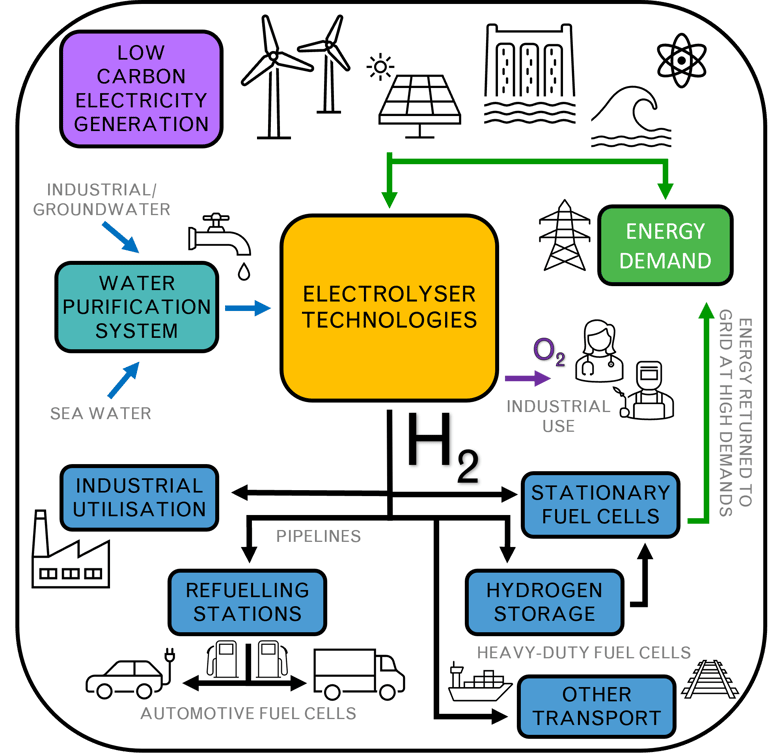

WHAT ABOUT HYDROGEN?
Hydrogen as a fuel, when utilised in a clean and efficient manner, could be one solution to mitigating global energy concerns from both a storage and emissions perspective.
Example of an ‘ideal’ energy market through a hydrogen economy.
Electricity generated from alternative and cleaner energy sources can provide power directly to the grid.
In cases of low grid demand (demand and supply mismatch), these sources of energy can still be utilised, by converting water into hydrogen through electrolysis.
This hydrogen can be sent by pipelines for industrial use, to refuelling stations or for stationary combined-heat-and-power (CHP) applications e.g. powering homes or buildings.
Otherwise, hydrogen can be stored in tanks and cylinders, to be used again at a later date to convert back into electricity using fuel cell technology or converted to an alternative fuel.






OTHER APPLICATIONS
MOBILITY
PORTABLE POWER
BACK-UP POWER
Conversion of existing lead-acid battery powered mobility to more efficient technologies: improve range, lifetime and cost.
Read my research article for designing hydrogen fuel cell-powered mobility scooters.
Power on the go - replace existing diesel generators and lead acid batteries for off-grid applications: improve weight, noise and reliability.
Instantaneous interruptible power - replace existing large back-up power diesel generators with more effective, efficient and clean energy devices.

© Copyright SSR Systems Engineering Ltd - All rights reserved
